Thessaloniki gets ready for its metro launch in November
The underground rapid transit lines have been under construction for almost two decades due to various project delays
 TheMayor.EU logo
TheMayor.EU logo 
Wind and solar combined forces to produce more energy than Denmark needed in a day, Source: Green Power Denmark
That kind of achievement itself underlines the need to find solutions for energy storage
Danish media reported that on Sunday, 11 June, the country produced 102.1% of the energy it needs solely from renewable sources – solar and wind power. The overproduction of green electricity is, naturally, good news but it needs to be taken in with a perspective.
Given the volatile nature of the sun and wind, especially in a northern country like Denmark, that kind of output cannot be reliably predicted and planned out. Last Sunday happened to combine perfect climatic conditions with plentiful wind and sunshine, something that happens fairly often in the month of May.
However, other seasons lack enough sunshine to ensure the production rate. And later in the summer, the sun actually gets too hot for optimal production of electricity, as some energy is also spent to cool down the solar panels.
What’s more, weekend production reached high levels because there is less demand then. For comparison, only a day later, wind and solar power could only account for 85.4 per cent of electricity consumption despite similar weather.
On the occasion of the news, energy association Green Power Denmark’s chief consultant and analyst Kristian Rune Poulsen was quick to give some advice, specifically to e-car drivers.
In his opinion, as quoted by CPH Post, it is best if the car owners would charge their vehicles during the day in the summer, because that way they get to take advantage of the overproduction. This, on one hand, would optimize the supply-demand balance, but it would also result in cost cuts for the drivers, as they can save up to 50 kroner for each charge – the equivalent of 6.70 euros.
The volatile nature of renewable energy means that the next big thing for innovators, entrepreneurs and policymakers to figure out is to focus on developing reliable means for storing generated electricity so it can be used at peak times.
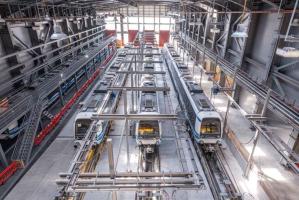
The underground rapid transit lines have been under construction for almost two decades due to various project delays

Now you can get your wine in Talence by paying directly in Bitcoin

That’s because the state has to spend money on updating the railway infrastructure rather than subsidizing the cost of the popular pass
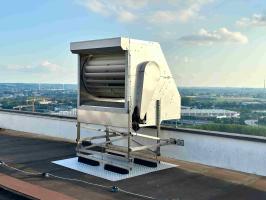
Rethinking renewable energy sources for the urban landscape
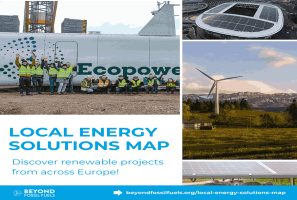
The examples, compiled by Beyond Fossil Fuels, can inform and inspire communities and entrepreneurs that still feel trepidation at the prospect of energy transition

Now you can get your wine in Talence by paying directly in Bitcoin
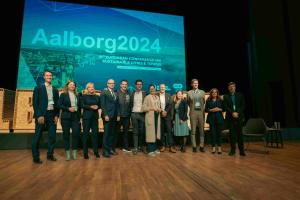
The 10th European Conference on Sustainable Cities and Towns (ESCT) sets the stage for stronger cooperation between the EU, national and local level to fast track Europe's transition to climate neutrality.
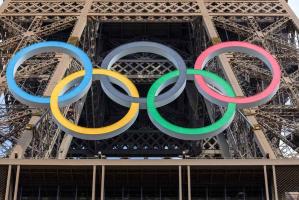
At least, that’s the promise made by the mayor of Paris, Anne Hidalgo

The underground rapid transit lines have been under construction for almost two decades due to various project delays

At least, that’s the promise made by the mayor of Paris, Anne Hidalgo
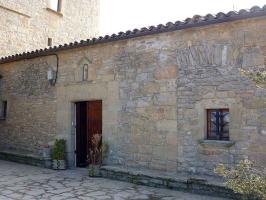
Hostal de Pinós is located in the geographical centre of the autonomous region
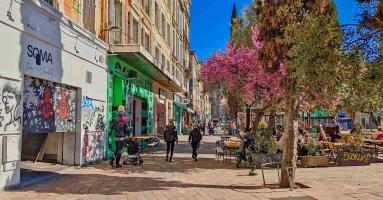
Despite its church-y name, the district has long been known as the hangout spot for the artsy crowds

Urban dwellers across the EU are having a say in making their surroundings friendlier to people and the environment.

Forests in the EU can help green the European construction industry and bolster a continent-wide push for architectural improvements.

Apply by 10 November and do your part for the transformation of European public spaces

An interview with the Mayor of a Polish city that seeks to reinvent itself

An interview with the newly elected ICLEI President and Mayor of Malmö

A conversation with the Mayor of Lisbon about the spirit and dimensions of innovation present in the Portuguese capital














